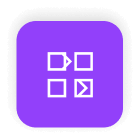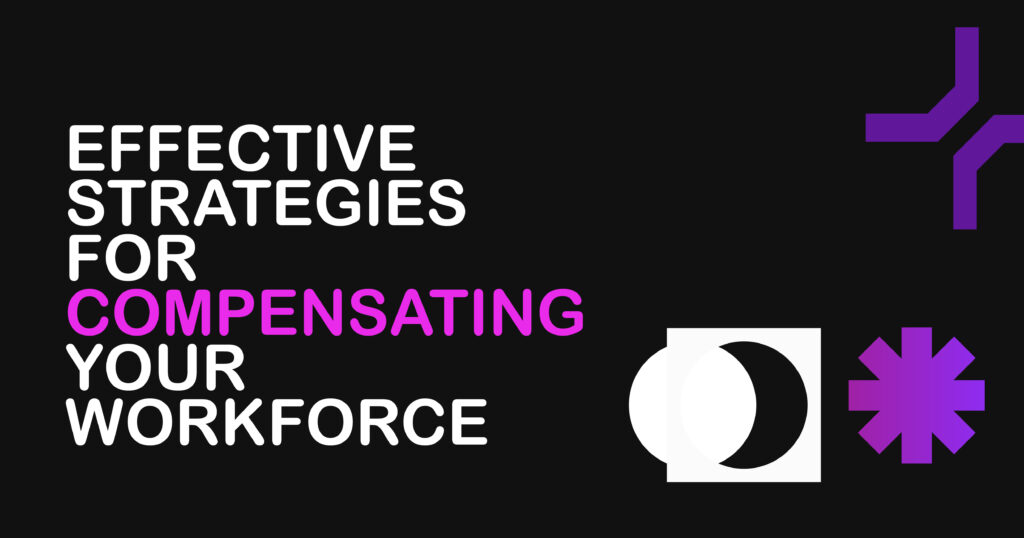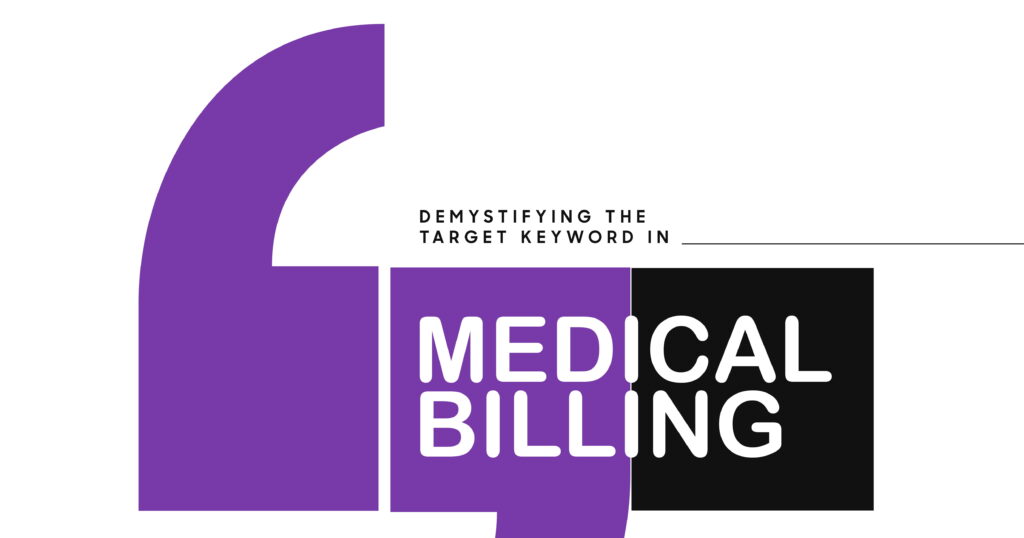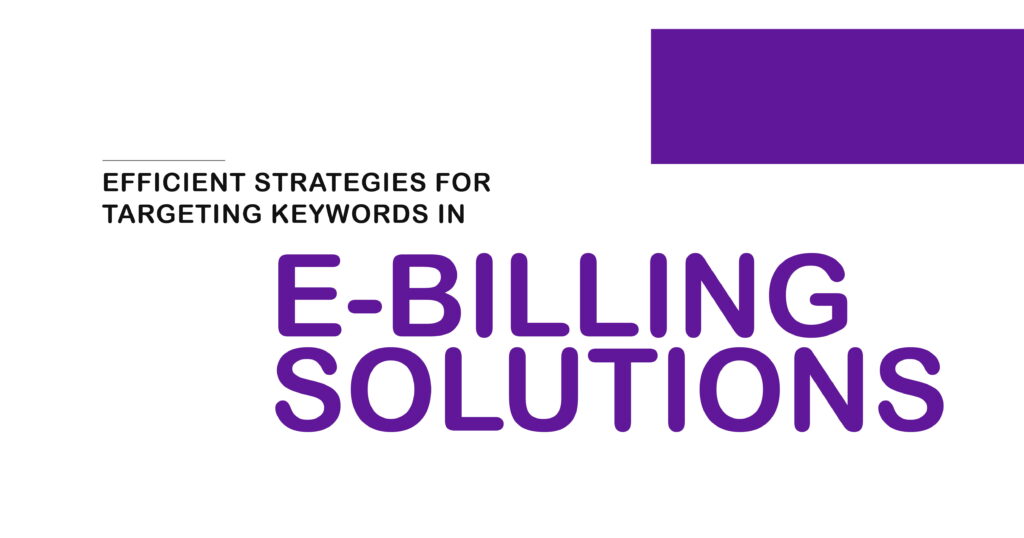Compensating employees effectively is one of the most important aspects of running a successful business. Timely and accurate payments ensure compliance with labor laws and build trust, morale, and loyalty among staff. With modern technology, businesses now have multiple options to streamline payroll processing, from direct deposits and wage payment solutions to payroll automation software.
This guide explores employee payment methods, outlines efficient payroll practices, and highlights strategies that help organizations maintain accuracy, compliance, and efficiency in compensating their workforce.
Employee Payment Methods and Payroll Processing
Employers have a variety of payment methods available to them, each with advantages and limitations. Choosing the correct method depends on company size, employee preferences, and technological infrastructure. Alongside payment methods, payroll processing is critical in ensuring that payments are disbursed accurately, taxes are withheld correctly, and records are compliant with labor laws. Standard employee payment methods are:
- Paper Checks: Traditional, but slower and more prone to delays or loss.
- Direct Deposit: Fast, secure, and the most widely used method today.
- Payroll Cards: Prepaid cards offered to employees without bank accounts.
- Cash Payments: Rare today due to compliance risks and lack of tracking.
Introduction to Employee Payment Methods
Different payment methods offer varying levels of convenience, compliance, and efficiency. According to the American Payroll Association, over 93% of U.S. workers receive wages via direct deposit, reflecting its reliability. However, employers often need flexible options to accommodate employees without access to traditional banking.
| Payment Method | Pros | Cons |
| Direct Deposit | Fast, secure, eco-friendly | Requires an employee bank account |
| Paper Checks | Tangible record, no bank required | Risk of loss/delay, higher costs |
| Payroll Cards | Accessible for unbanked workers | Fees may apply, limited acceptance |
| Cash | Immediate payment | Non-compliant, risky, poor tracking |
Overview of Payroll Processing
Payroll processing involves calculating wages, withholding payroll taxes, and ensuring timely disbursements. A manual payroll system can be slow and error-prone, while automated payroll software ensures accuracy, compliance, and efficiency. Key Stages of Payroll Processing are as follows:
- Collecting employee time and attendance data
- Calculating gross wages and deductions
- Withholding payroll taxes and benefits contributions
- Disbursing net pay via the chosen method
- Maintaining compliance and accurate payroll records
Direct Deposit Setup and Benefits
Direct deposit remains the gold standard for modern payroll. Employers deposit wages electronically into employee bank accounts, eliminating delays and reducing administrative burdens. Benefits of Direct Deposit
- Faster Payments: Employees receive funds instantly on payday.
- Lower Costs: Saves money on paper checks and mailing.
- Improved Security: Reduces the risk of check fraud or loss.
- Eco-Friendly: Paperless process supports sustainability.
Exploring Salary Disbursement Options
Salary disbursement goes beyond how employees are paid – it also covers when and how often they receive wages. Employers can choose between weekly, bi-weekly, semi-monthly, or monthly schedules. Each approach affects both employee satisfaction and administrative workload.
| Disbursement Frequency | Advantages | Challenges |
| Weekly | Consistent cash flow for employees | Higher admin costs, frequent processing |
| Bi-weekly | Balanced efficiency and consistency | 26 cycles/year may complicate accounting |
| Semi-monthly | Only 24 payrolls/year, predictable | Paydays vary with the calendar |
| Monthly | Simplest for employers | May strain employees’ budgeting |
Employee Compensation Plans and Structures
Beyond the mechanics of payment, employers must design effective compensation plans that align with company goals and attract top talent. Compensation structures typically include a mix of base salary, incentives, and benefits. Elements of compensation plans are:
- Base Pay: Fixed salary or hourly wages.
- Bonuses/Incentives: Performance-based rewards to boost productivity.
- Benefits Packages: Health, retirement, and insurance offerings.
- Equity or Stock Options: Used by startups to attract long-term commitment.

Managing Payroll Taxes Effectively
Payroll taxes are a critical aspect of compliance. Employers must withhold federal, state, and local taxes while also paying their share of Social Security, Medicare, and unemployment taxes. Errors in payroll tax filing can result in hefty penalties. Best practices for payroll tax management:
- Stay current with federal and state tax laws.
- Automate calculations with payroll software.
- Maintain organized tax records for audits.
- Submit filings and payments on time to avoid penalties.
Innovative Wage Payment Solutions
In addition to traditional methods, new wage payment solutions are emerging to meet evolving workforce needs. For example, on-demand pay solutions allow employees to access earned wages before payday, improving financial wellness. Modern Wage Payment Innovations
- On-Demand Pay: Employees withdraw earned wages early.
- Mobile Wallet Payments: Integration with digital wallets like PayPal or Apple Pay.
- Cryptocurrency Payroll: An emerging but niche option for global businesses.
Leveraging Payroll Automation Software for Efficiency
Payroll automation software is transforming the way businesses handle employee payments. By automating time tracking, tax calculations, and compliance checks, payroll software reduces errors and increases efficiency.
The following are the benefits of Payroll Automation Software:
| Feature | Impact on Payroll |
| Automated Calculations | Reduces manual errors in wages and deductions |
| Tax Compliance | Ensures accurate withholdings and filings |
| Employee Self-Service | Allows staff to access pay stubs and tax forms |
| Integration with HR | Streamlines payroll and employee records |
| Scalability | Adapts to business growth with minimal extra cost |
Best Practices for Employee Payments
Paying employees effectively is about more than simply meeting legal requirements, supporting financial well-being, ensuring compliance, and streamlining operations. Businesses that leverage direct deposit, payroll automation software, and innovative wage payment solutions not only save time and money but also build trust and loyalty within their workforce.
Best practices include choosing flexible payment methods, staying compliant with payroll taxes, and embracing automation to eliminate inefficiencies. By optimizing payroll strategies, employers create a smoother, more reliable system that benefits both the organization and its employees.
Simplify Payroll and Employee Payments with Indigo Billing
Managing employee payments doesn’t have to be complicated. With Indigo Billing, businesses can streamline payroll processing, automate compliance tasks, and deliver accurate, timely payments every time. From direct deposit setup to advanced payroll automation software, Indigo provides the tools to reduce errors, save time, and improve employee satisfaction.
Discover how Indigo Billing can transform your payroll operations – visit Indigo Billing today and take the first step toward smarter, more efficient payroll management.

FAQs
- What are the most common employee payment methods, and how do they compare?
The most common methods are direct deposit, paper checks, payroll cards, and cash. Direct deposit is the fastest and most secure, while paper checks and cash are less efficient and riskier. Payroll cards provide a good option for employees without bank accounts.
- How can businesses ensure efficient payroll processing for timely salary disbursement?
Businesses can streamline payroll by automating calculations, integrating time tracking, and setting clear disbursement schedules. Payroll software reduces errors and ensures employees are paid on time.
- What are the key steps in setting up direct deposit for employee payments?
Employers must collect employee banking details, verify accounts, and establish ACH transfers through their bank or payroll provider. Once set up, wages are electronically deposited directly into employee accounts.
- What are the pros and cons of different salary disbursement options available to employers?
Weekly disbursements offer employees consistent cash flow but require more administrative work. Monthly schedules are easier for employers, but can create budgeting challenges for employees. Bi-weekly and semi-monthly schedules offer balance.
- How does payroll automation software enhance payroll tax management and overall efficiency?
Payroll automation software calculates taxes automatically, reducing the risk of errors and penalties. It also ensures compliance, provides reporting tools, and integrates with HR systems to streamline the entire process.












